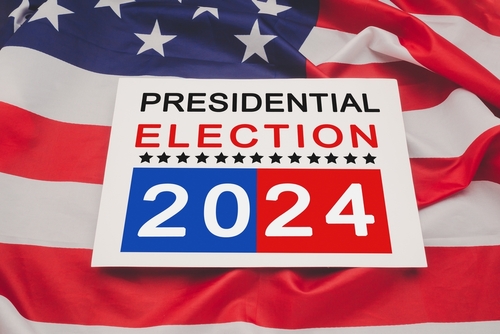Listen To Story Above
“Jaws” stands as a cinematic masterpiece, ranking among the greatest films ever created. For many movie enthusiasts, it sits comfortably alongside classics like “The Godfather,” “Vertigo,” “Patton,” and “Raiders of the Lost Ark.” However, what followed this brilliant original would become a cautionary tale in Hollywood’s franchise history.
The subsequent “Jaws” sequels represent perhaps the most dramatic decline of a prestigious film property, as Universal Studios aggressively pursued profit over quality. The elements that elevated the original – its sophisticated narrative, exceptional acting, authentic practical effects, emotional depth, and genuine thrills – were abandoned in favor of superficial gimmicks, rushed plotting, and increasingly unconvincing mechanical sharks.
On this day, 49 years ago, Steven Spielberg's "Jaws" (1975) was released in the USA. pic.twitter.com/bzysTyh3QX
— DepressedBergman (@DannyDrinksWine) June 20, 2024
While “Jaws 2” managed to maintain some respectability, largely due to director Jeannot Szwarc’s competent handling of character moments and dramatic scenes, it marked the beginning of the franchise’s downward spiral.
The series hit troubled waters with “Jaws 3-D” in 1983. Despite its potentially intriguing premise, setting the action within a marine theme park, the film demonstrated the perils of treating beloved properties merely as revenue generators.
Jaws (1975), directed by Steven Spielberg; starring Roy Scheider, Robert Shaw, Richard Dreyfuss, Lorraine Gary, Murray Hamilton — great movie, highly recommend! pic.twitter.com/1418mVVQ9c
— M (@kertanogoro) January 10, 2025
The franchise reached its nadir with 1987’s “Jaws: The Revenge.” The film’s outlandish plot, featuring a grief-stricken Lorraine Gary and Michael Caine, seemed more suited to satire than serious thriller. Its premise of a vengeful shark pursuing a specific family across hundreds of miles of ocean pushed the boundaries of credibility beyond repair.
While audiences continue to embrace the concept behind “Jaws,” the sequels remain a testament to how studio greed can diminish a groundbreaking original. Each subsequent installment only served to undermine the legacy of Hollywood’s most innovative shark thriller, proving that sometimes, it’s better to leave perfection untouched.






